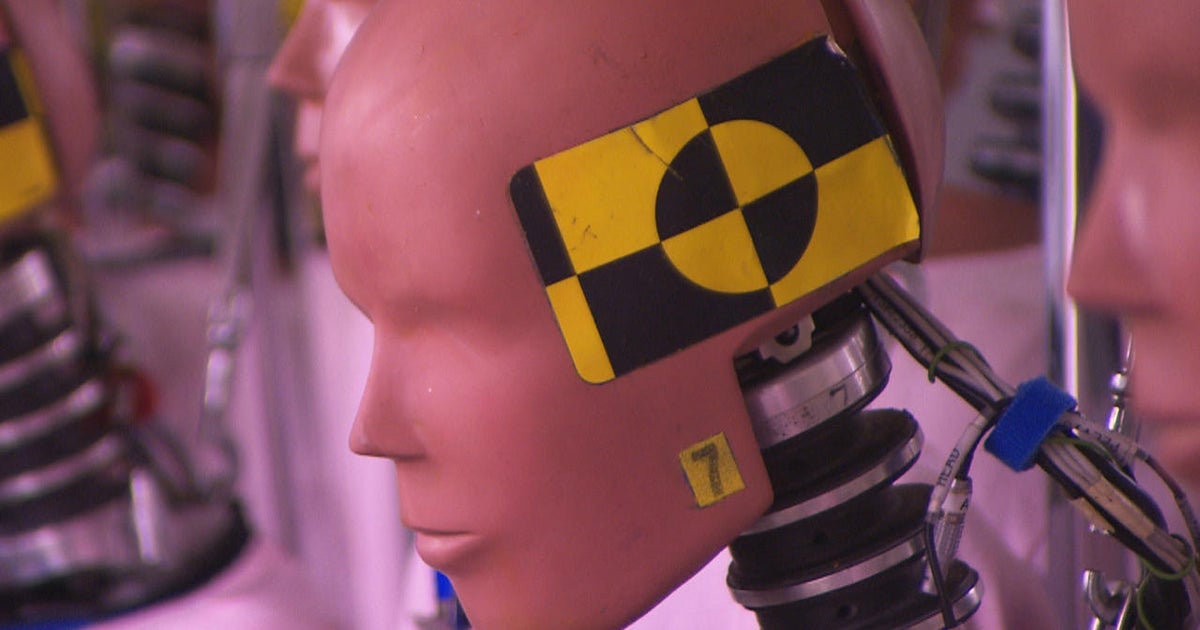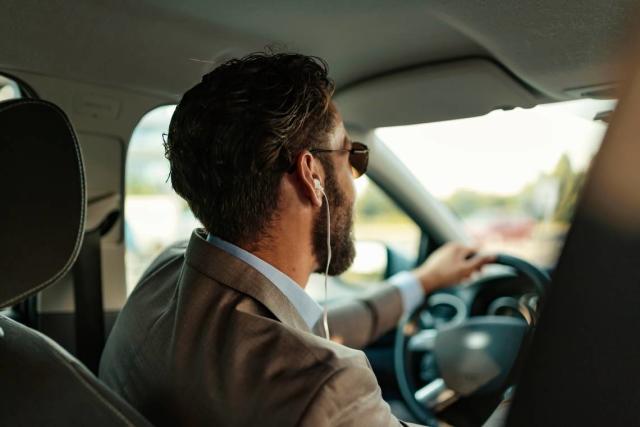Most small SUVs fail insurance industry’s modified frontal crash test

Detroit — Most small SUVs fail the latest head-on crash tests conducted by the insurance industry, but oddly enough, they’re still as safe as ever.
That’s because the Insurance Institute for Road Safety has updated its tests to put more emphasis on the safety of backseat passengers.
Only the Ford Escape and Volvo XC40 received the highest ‘good’ rating in this year’s test, which was announced on Tuesday. The Toyota RAV4 was rated ‘acceptable’, while his Q3 from Audi, Nissan Rogue and Subaru Forester were rated ‘slightly’.
The remaining Buick Encore, Chevrolet Equinox, Honda CR-V and HR-V, Hyundai Tucson, Jeep Compass, Jeep Renegade, Mazda CX-5 and Mitsubishi Eclipse Cross received the lowest bad ratings.
IIHS President David Harkey said the test is changing because vehicle construction, airbags and seatbelts have made SUVs safer for front-seat passengers than for rear-seat passengers. Seat passengers are 46% more likely to be fatally injured than drivers in the front, Harkey said.
“Previously, we were just focused on how well the driver was protected,” Harkey said. “The vehicle has not become less safe.”
The lab has a history of modifying high-profile tests to get automakers to improve safety, and Harkey said it typically responds to changes.
Safety belts restrain rear seat passengers, but can cause head and neck injuries, and on many SUVs, belts are relatively low-tech and only tighten in the event of a crash.
Harkey said the new belts have sensors that determine when a collision is imminent, pulling passengers into proper seating positions and slowing them down before a collision. After an impact, the belt is loosened slightly to prevent it from lifting off the pelvis and onto the abdomen, potentially causing serious internal injury.
Some automakers are already putting more sophisticated belts in the back seats, which Harkey said can be done without a major model update. “The industry has always been great at responding to the tests we put in place,” he said. “In this case, they expect to do that, and I expect they can.”
Small SUVs do poorly in new, tougher side crash test
The lab used crash dummies representing either a small woman or a 12-year-old child to test injuries to rear-seat passengers. Harkey says the dummy does a good job of showing the risks to passengers of all sizes.
When the IIHS introduced the medium overlap front crash test in 1995, most vehicles were rated poor or marginal. Automakers responded with stronger structures and airbags to make front-seat riders safer, with all 15 small SUV models getting good reviews.
The original medium overlap test had the vehicle traveling at 40 mph towards an aluminum barrier. About 40% of the width of the vehicle hits the barrier on the driver’s side.
Some of the SUVs tested have more sophisticated rear safety belts, but they need to be timed to work better in the milliseconds before and after the crash. , they have to go back and figure out if they’re firing at the right time,” he said.
So far this year, compact and subcompact SUVs have accounted for 23.4% of all new car sales, according to Edmunds.com.
https://www.cbsnews.com/news/most-small-suvs-fail-insurance-industrys-revamped-frontal-crash-tests/ Most small SUVs fail insurance industry’s modified frontal crash test



